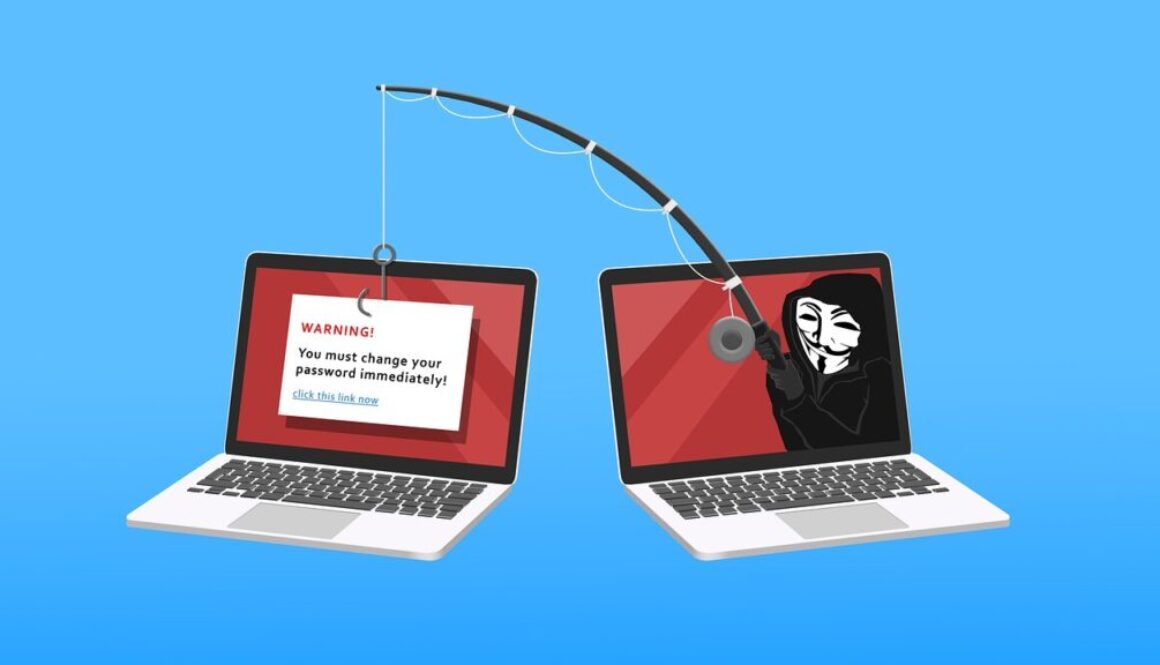Day 4: Phishing 2.0: AI Scam Emails Look Better Than the Real Thing
Phishing 2.0: AI Scam Emails Look Better Than the Real Thing
Remember when scam emails were easy to spot? Dodgy grammar, random capital letters, and a promise of millions from a “Prince” who just needed your bank details? Sadly, those days are gone.
With AI in the mix, phishing emails now look slick, polished, and worryingly convincing. Criminals can generate messages that read like they came from HMRC, your bank, or a trusted supplier. The branding is perfect, the tone feels right, and even the “from” address can look almost identical to the real thing.
For SMBs juggling multiple clients, suppliers, and invoices every week, this is a nightmare. A fake tax notice, an urgent utility bill, or a “customer complaint” can slide into the inbox and look completely legitimate. One click to open an attachment or one rushed payment later, and suddenly your business is dealing with malware, ransomware, or financial loss.
💡 Real-life example: In 2024, several UK SMBs in the hospitality sector were hit with AI-crafted phishing campaigns posing as energy suppliers. The emails looked identical to genuine statements, right down to the logos and reference numbers. Staff under pressure to pay “overdue” invoices wired thousands before realising the supplier accounts were fake.
What SMBs Can Do
Trust but verify. Never approve a payment request or invoice without confirming it through a known, independent channel.
Invest in good email filtering. Modern filters can catch many suspicious emails before they hit inboxes.
Train your team. Staff should know how to spot red flags like urgent tone, unusual requests, or slightly odd sender addresses.
Slow down. Most phishing succeeds because people feel rushed. Taking 60 seconds to double-check could save thousands.
AI has given scammers a new set of tools, but SMBs can fight back with clear processes, good technology, and a healthy dose of caution.
In short: don’t let a well-worded email catch you off guard.








